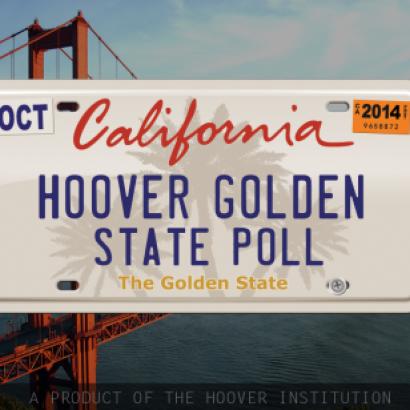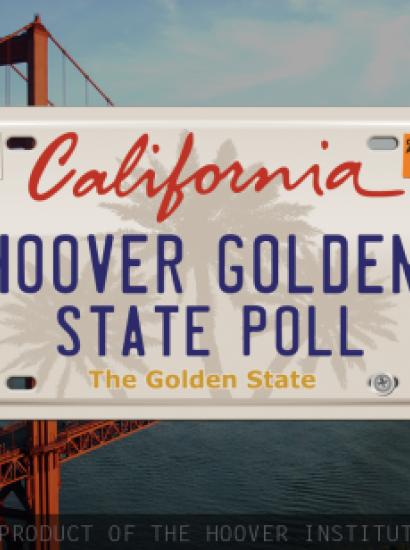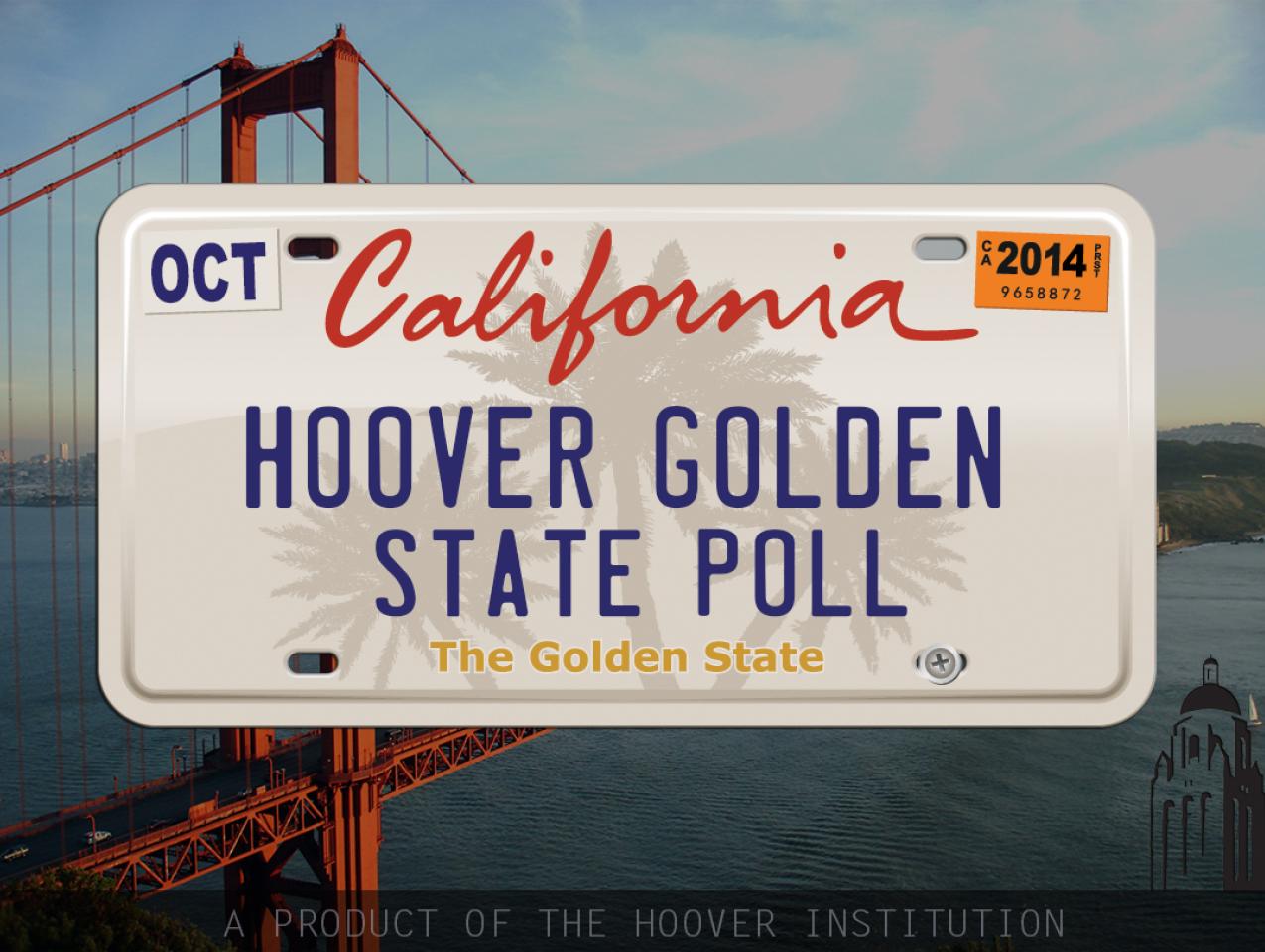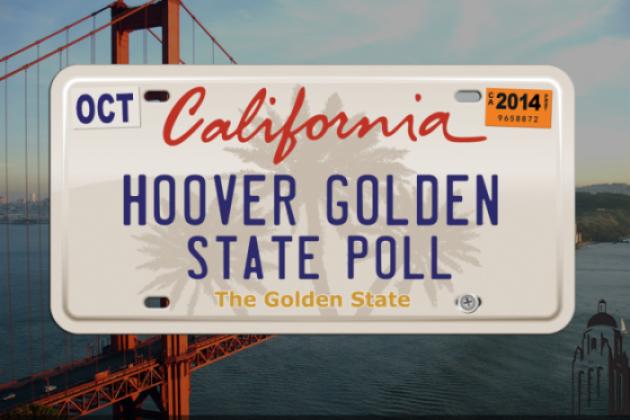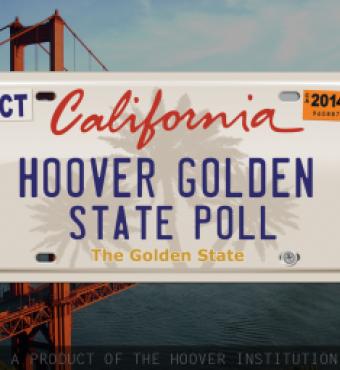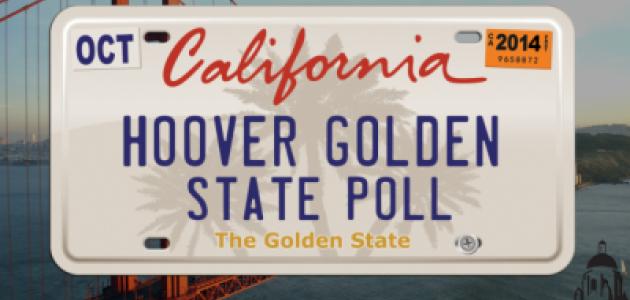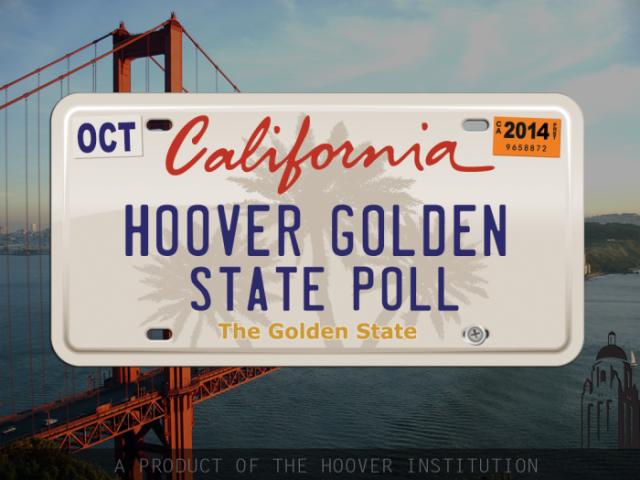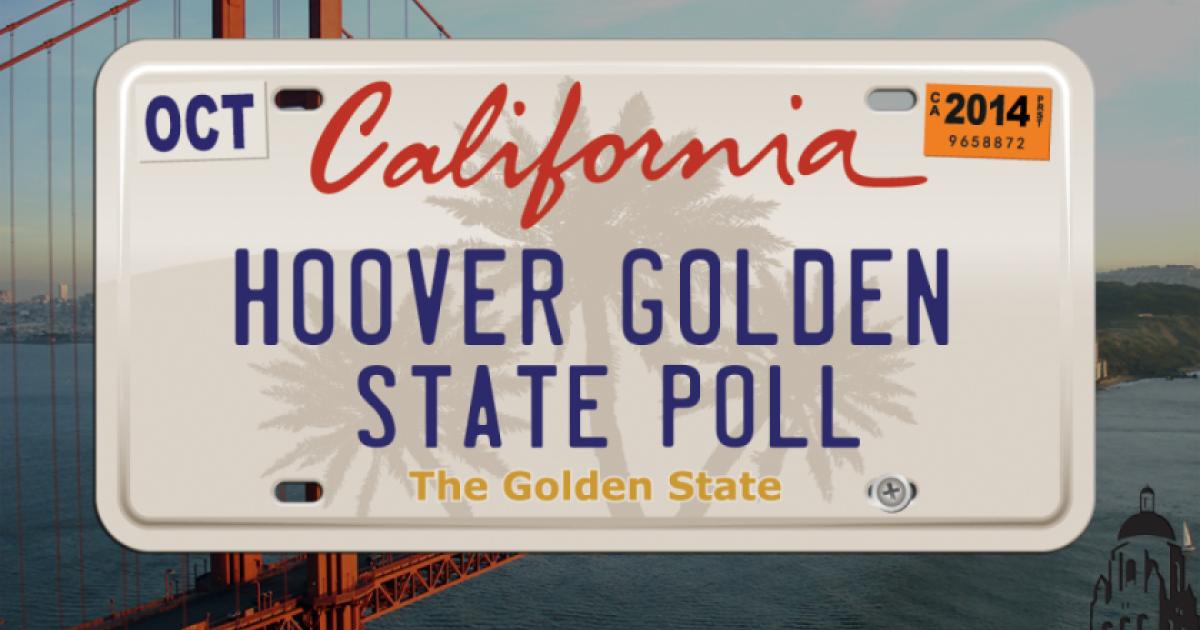- Politics, Institutions, and Public Opinion
- State & Local
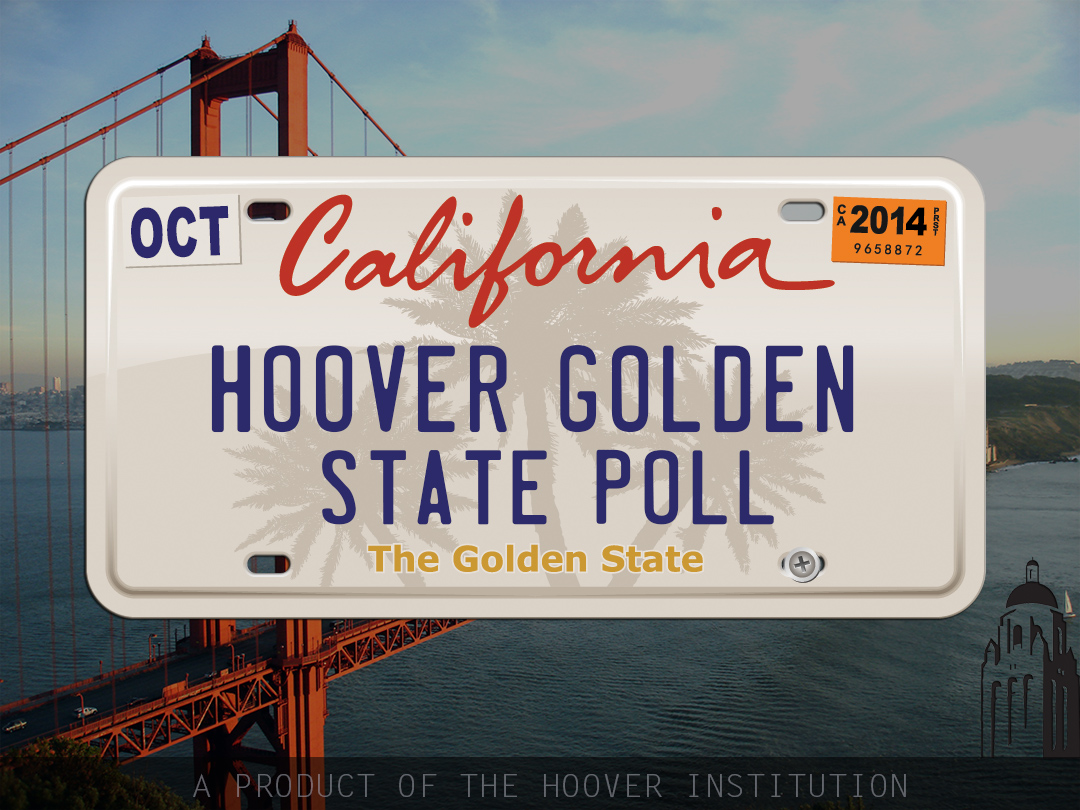
A week from today, Californians go to the polls in the second of the year’s two statewide votes. The general election includes choices for governor and seven other state constitutional offices, 155 congressional and legislative seats, as well as six ballot initiatives (for California, that’s actually a moderate load).
Although California technically isn’t one of 2014’s midterm “battlegrounds” – there’s no Senate race and America’s nation-state is hardly a purple swing state in presidential contests – there are matters worth watching, perhaps the most significant being the California Republicans Party’s ability to compete in statewide contests and prevent Democrats from attaining two-thirds “supermajorities” in both chambers of the State Legislature.
Also, there’s the ongoing question of Gov. Jerry Brown’s powers of persuasiveness: can the man seeking a record fourth gubernatorial term convince wary Californians to sign off on both a $7.5 billion water bond (Proposition 1) and a state rainy-day fund (Proposition 2)?
In this, the fourth installment of the Hoover Institution’s Golden State Poll, we took a look at the statewide ballot. We measured the matchup between Gov. Brown and Republican businessman Neel Kashkari. We sampled four of the most closely watched ballot initiatives. We asked Californians to rate the State Legislature. And we looked at three politically contentious issues that could challenge California’s governor over the next four years.
Some highlights:
- Brown has a 17-point lead over Kashkari (48%-31%); that’s due in part to the intensity – or lack thereof – of the candidate’s fan bases: 87% of the Governor’s characterized their support as pro-Brown; only 29% of his challengers’ supporters described their vote as pro-Kashkari.
- Kashkari’s attempt to broaden the California GOP’s appeal beyond its core of white males hasn’t yielded dividends: he trails 2-1 among women and Latinos, 5-1 among Asians and 7-1 among blacks.
- Of the four initiatives, only one mustered majority support (Prop 1: the water bond); only one initiative, Prop 46 (raising the pain-and-suffering cap on medical malpractice lawsuits) was “underwater” with more opposition than support.
As for the three controversial matters facing Brown in his final term or Kashkari in his first term as governor, we surveyed Californians’ reactions to: Senate Constitutional Amendment 5, which would overturn Proposition 209 and the ban on race-based admission in Californians public universities and colleges; extending or making permanent Proposition 30’s tax increases, which fully expire in 2018; and amending Proposition 13 to end the cap on business property taxes in California that’s been in effect since voters passed that ballot measure in 1978 (the year of Brown’s first re-election bid).
The findings:
- 52% of respondents oppose overturning Prop 209, compared to only 31% in support;
- While 46% favor keeping Prop 30 on the books, there’s a difference of opinion as to whether the extension should be short-term, long-term or permanent.
- Sentiment toward revisiting/reworking Prop 13 was evenly divided – 43% opposing a change and 41% in favor.
As has been the practice of the Golden State Poll in each of its three previous surveys, we also asked a serious of questions with regard to Californian’s financial wellbeing and their confidence in the state’s outlook.
Our findings:
- The idea of an economic “California comeback” and a state on the uptick apparently doesn’t register: 19% of Californians think things are better off than a year ago versus 32% who think things are worse and 46% who see a status quo.
- Most respondents (51%) see their finances as unchanged over the next six months.;
- More employed Californians (49% to 46%) are not confident in their ability to find a new job that pays equally as well in six months if they were to leave their current employment.
Hoover research fellow Carson Bruno provides a more detailed explanation of the survey’s findings on Defining Ideas, the Hoover Institution’s online journal.
Click here to view the survey itself (and you can click here, here and here to view the previous three editions of the Golden State Poll).
Listen to the Golden State Election podcast; read the press release.







